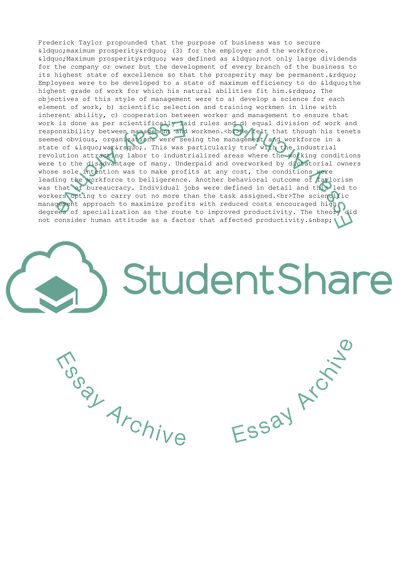Cite this document
(Scientific Management and Human Relations Management Essay, n.d.)
Scientific Management and Human Relations Management Essay. Retrieved from https://studentshare.org/management/1720903-scientific-management-human-relation-management-essay
Scientific Management and Human Relations Management Essay. Retrieved from https://studentshare.org/management/1720903-scientific-management-human-relation-management-essay
(Scientific Management and Human Relations Management Essay)
Scientific Management and Human Relations Management Essay. https://studentshare.org/management/1720903-scientific-management-human-relation-management-essay.
Scientific Management and Human Relations Management Essay. https://studentshare.org/management/1720903-scientific-management-human-relation-management-essay.
“Scientific Management and Human Relations Management Essay”, n.d. https://studentshare.org/management/1720903-scientific-management-human-relation-management-essay.


